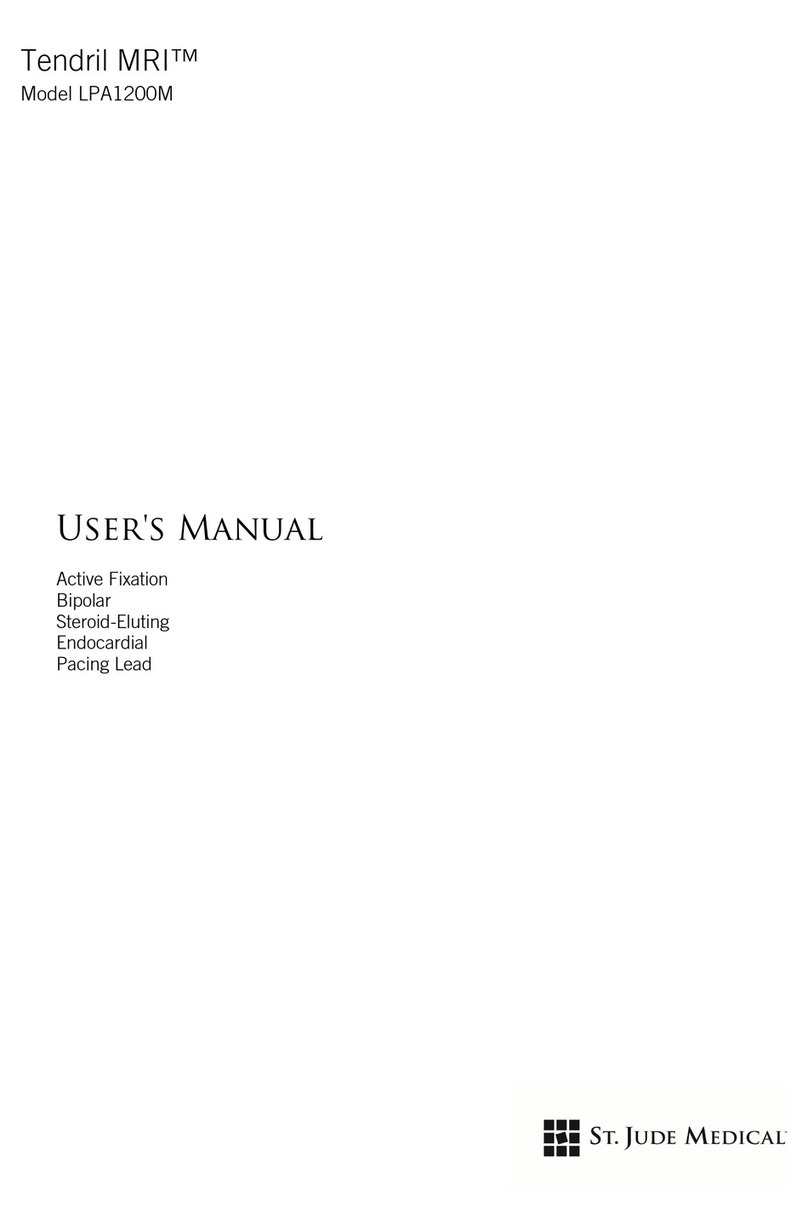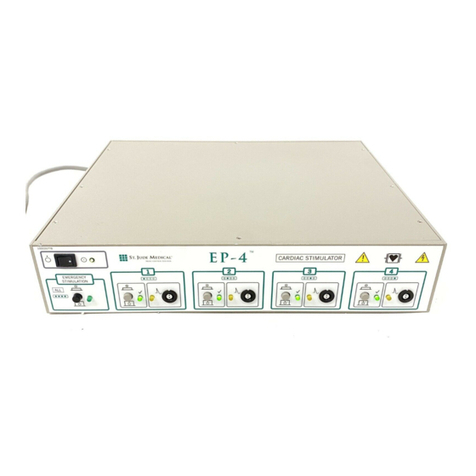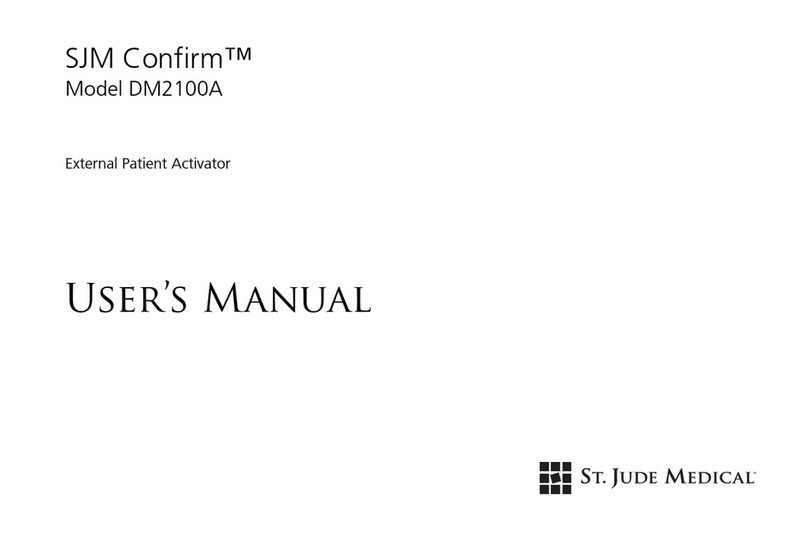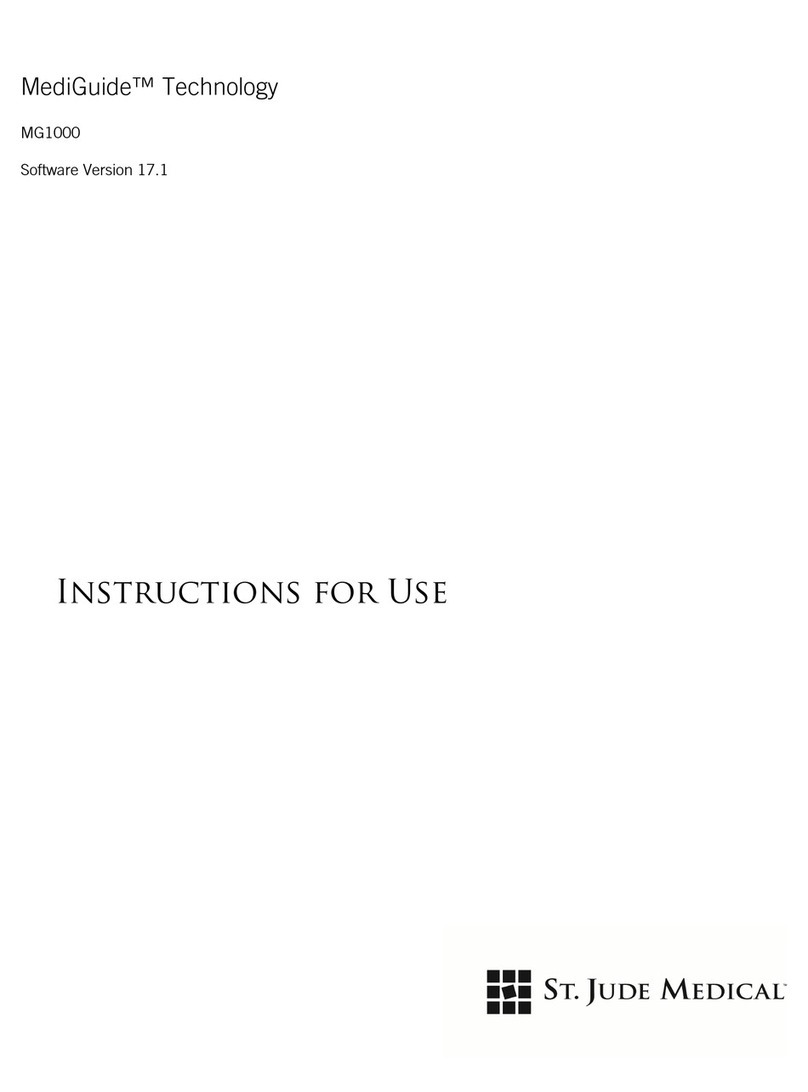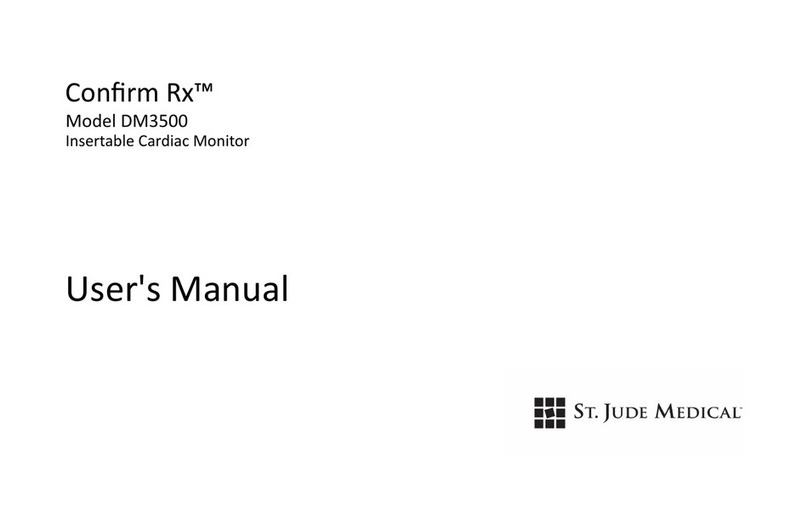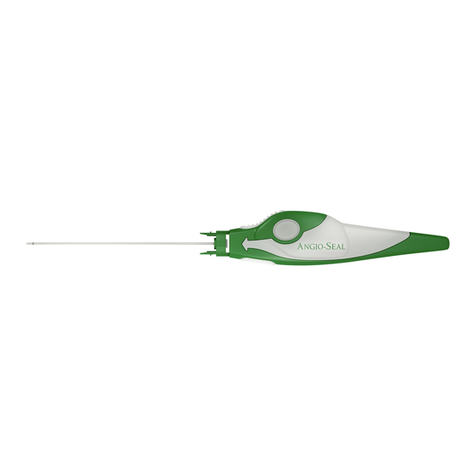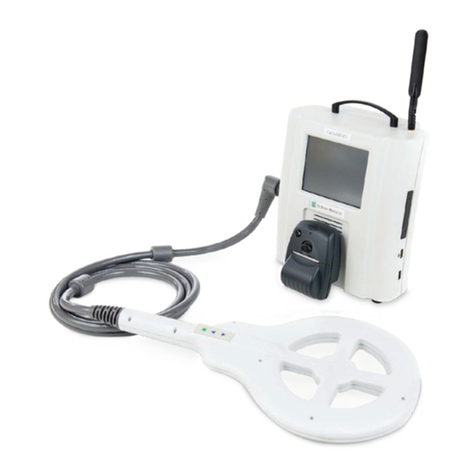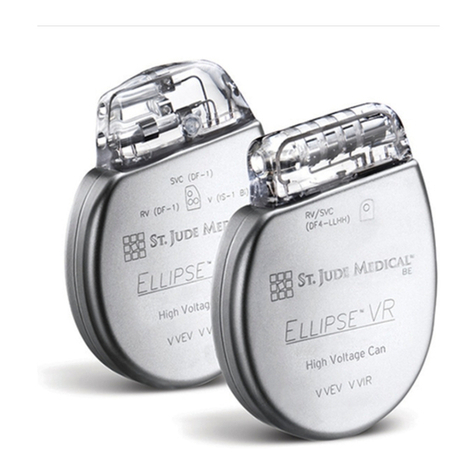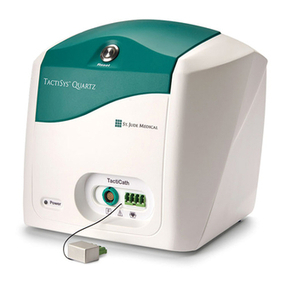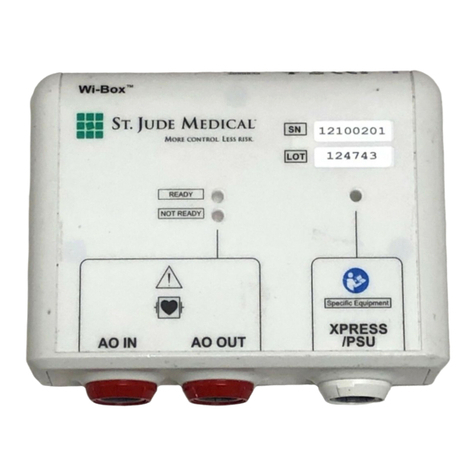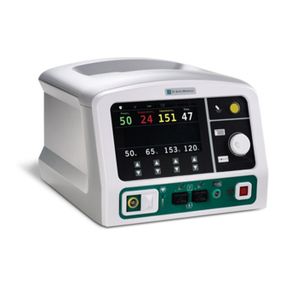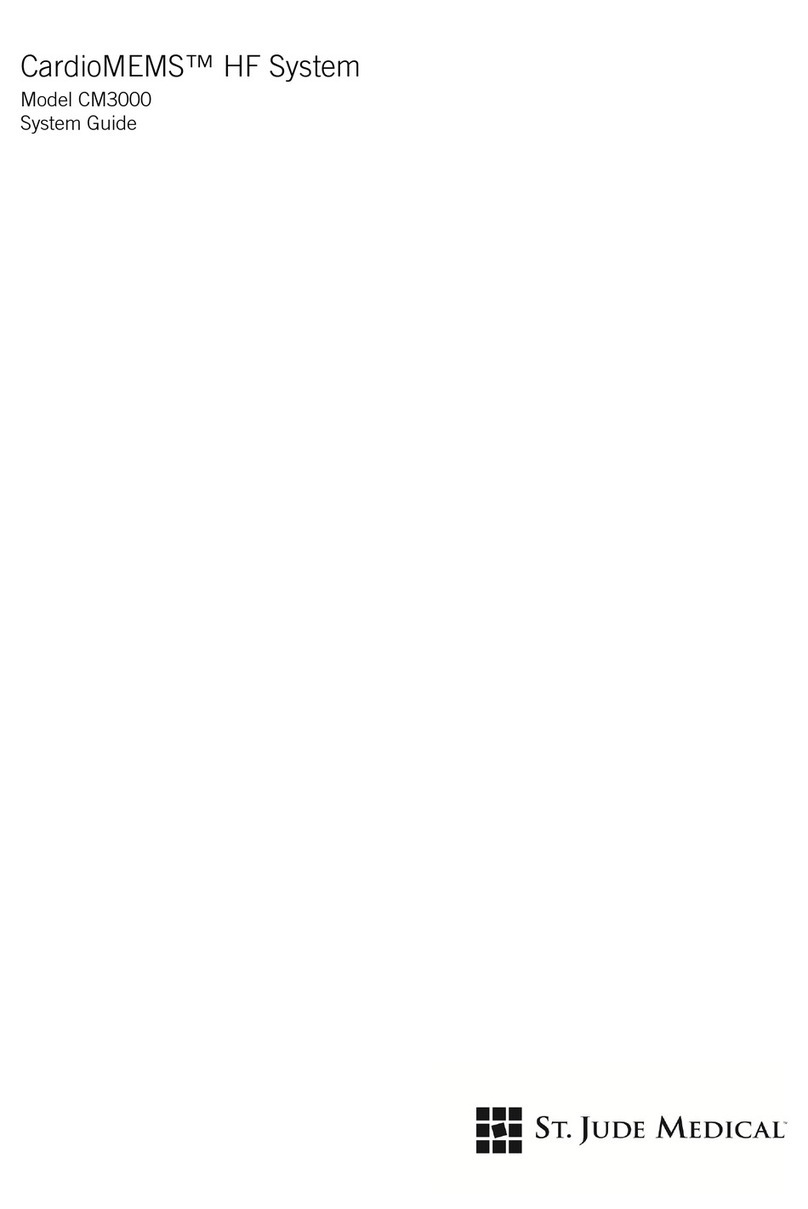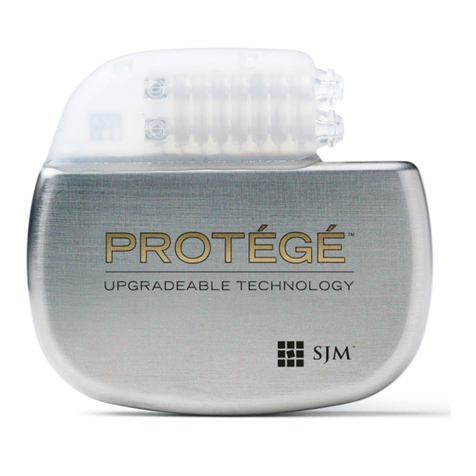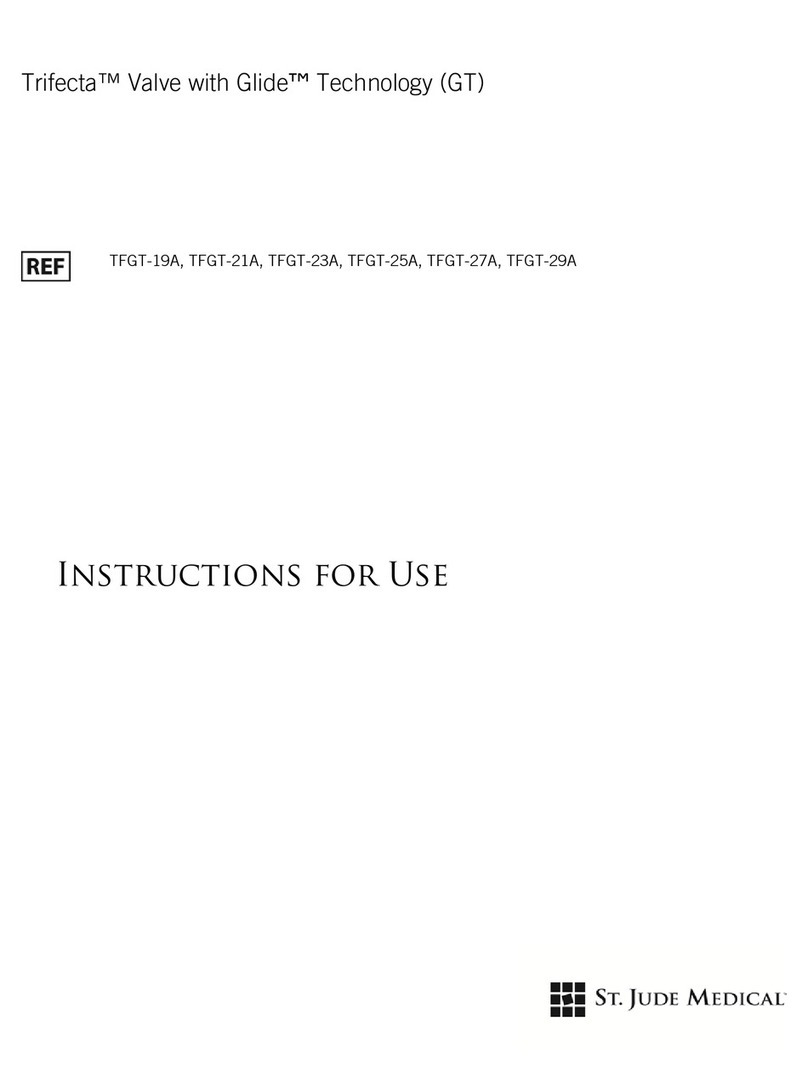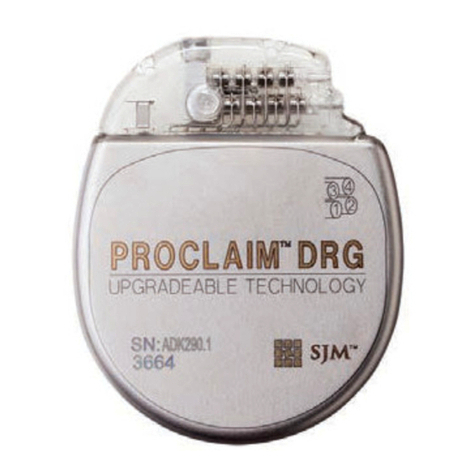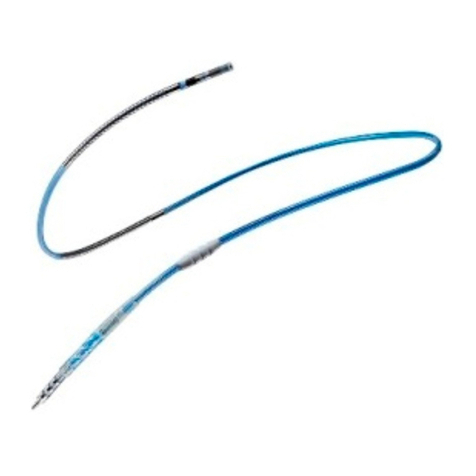2
• Patients whose size or condition (eg, too small for transesophageal echocardiography [TEE]
probe, catheter size, vasculature size, active infection) would cause the patient to be a poor
candidate for cardiac catheterization.
• Patients with defect margins less than 5 mm to the coronary sinus, inferior vena cava rim, an
atrioventricular valve, or the right upper lobe pulmonary vein.
Warnings
• Embolized devices must be removed because they may cause patient harm. Embolized
devices should not be withdrawn through intracardiac structures unless they have been
collapsed within a sheath.
• Implantation of this device may not replace the need for anticoagulation therapy in patients
with ASD and paradoxical embolism.
• Do not use a syringe to aspirate the device. Use the hemostasis valve to control blood
backflow during the implant procedure.
• Do not use a power injection syringe to inject contrast solution through the sheath.
• The use of transthoracic, transesophageal, or intracardiac echocardiographic imaging (TTE,
TEE, or ICE) is required before, during, and after implantation. Imaging is mandatory as an
aid in positioning the sheath through the most suitable defect to achieve complete closure of
the defect. If TEE is used, the patient’s esophageal anatomy must be adequate for the
placement and manipulation of the TEE probe.
• Balloon sizing should be used to size the atrial septal defect using a stop-flow technique. Do
not inflate the balloon beyond the cessation of the shunt (i.e., stop-flow). DO NOT
OVERINFLATE.
• Physicians should be aware of the risk of erosion. Erosion may be the result a complex set of
interactions between factors including, but not limited to the underlying anatomic substrate,
retro-aortic rim of less than 5mm in any echocardiographic plane, and the dynamic
hemodynamic counter-motion between the atrium and the aorta. However, there is
insufficient data including inadequate echocardiographic information about the cases already
reported to determine etiology of erosion.
• Do not select a device size larger than 1.5 times the ASD diameter measured by
echocardiography before balloon sizing.
• Do not release the device from the delivery cable if the device does not conform to its original
configuration or if the device position is unstable or if the device interferes with any adjacent
cardiac structure, such as superior vena cava (SVC), pulmonary vein (PV), mitral valve (MV),
coronary sinus (CS) or aorta (AO). Recapture the device and redeploy. If still unsatisfactory,
recapture the device and replace with a new device.
• Placement of the ASD occluder may impact future cardiac interventions, for example
transseptal puncture and mitral valve repair.
• Patients who are allergic to nickel may have an allergic reaction to this device.
• Do not use the device if the packaging sterile barrier is open or damaged.
• Use on or before the last day of the expiration month noted on the product packaging.
• The device is sterilized using ethylene oxide and is for single use only. Do not reuse or
resterilize. Attempts to resterilize the device may result in device malfunction, inadequate
sterilization, or patient harm.
• Physicians must be prepared to deal with urgent situations, such as device embolization,
which require removal of the device. This includes the availability of an on-site surgeon.
• This device should only be used by physicians who have been trained in transcatheter
techniques. The physician should determine which patients are suitable candidates for
procedures using this device.
Precautions
• The use of this device has not been studied in patients with patent foramen ovale.
• Use standard interventional cardiovascular catheterization techniques when using
AMPLATZER™ products.
• The physician should exercise clinical judgment in situations that involve the use of
anticoagulants or antiplatelet drugs before, during, and/or after implantation of this device.
100092311_ASD.book Page 2 Monday, January 6, 2014 11:00 AM
